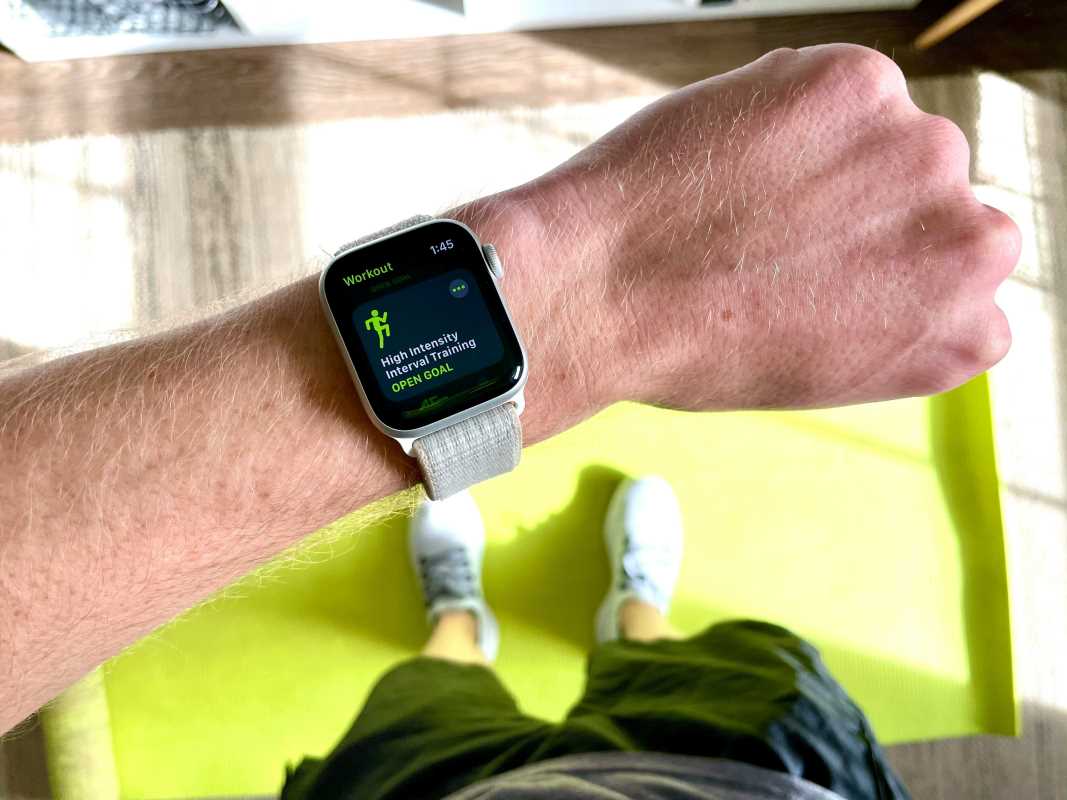Your spine might not be the first thing you think of when it comes to staying healthy, but it’s a cornerstone of your overall well-being. Modern life, with its long hours spent at desks and constant phone use, often leads to poor posture and unnecessary strain on the spine. The good news? Protecting your spine doesn’t require drastic changes. By making simple adjustments to how you sit, stand, and move throughout the day, you can support your spinal health and enhance your quality of life.
Why Posture Matters for Your Spine
Your spine is designed with natural curves that absorb stress and keep your body properly aligned. When you maintain good posture, you help distribute the forces of daily activities evenly across your spine. This reduces the strain on your vertebrae, muscles, and ligaments, keeping everything working as it should.
Poor posture, on the other hand, can throw off this balance. Over time, this can lead to a host of problems, including:
- Back pain: Slouching puts added pressure on the spine, leading to muscle tension and discomfort.
- Herniated discs: Poor posture can increase the risk of these painful spinal injuries, especially if you're lifting heavy objects incorrectly.
- Muscle fatigue: When your posture is off, your muscles have to work harder to support your body, leading to tired, achy muscles.
Beyond physical discomfort, poor posture can even affect your mood and energy levels. Studies show that slouched or hunched posture can increase feelings of stress and negatively impact confidence.
Common Posture Mistakes and How to Fix Them
Many of us make posture mistakes without even realizing it. Here are a few common culprits and tips on how to correct them.
1. Slouching in Your Chair
Whether you're binge-watching your favorite show or working at your desk, slouching happens when your lower back loses its natural curve, causing your shoulders to round and your neck to jut forward.
Fix it:
- Sit with your back fully supported by the backrest of your chair.
- Keep your feet flat on the floor and your knees at a 90-degree angle.
- Use a small cushion or a lumbar support pillow to maintain the natural curve of your lower back.
2. Tech Neck
Do you often catch yourself looking down at your phone, tablet, or laptop? This forward head posture can strain your neck and upper spine.
Fix it:
- Raise your screen to eye level to avoid tilting your head downward.
- Take regular breaks from devices to stretch your neck and shoulders.
- Practice the "chin tuck" exercise by gently pulling your chin back, as if creating a double chin, to strengthen your neck muscles.
3. Standing with a Forward Pelvis
Some people stand with their pelvis tilted forward, causing their lower back to arch more than it should. This posture places extra stress on the lower spine.
Fix it:
- Stand tall with your ears, shoulders, hips, and ankles aligned in a straight line.
- Engage your core muscles to help keep your pelvis in a neutral position.
- Avoid locking your knees, as this can contribute to poor alignment.
4. Crossing Your Legs While Sitting
While it may seem harmless, crossing your legs can lead to uneven pressure on your hips and spine, eventually affecting your posture.
Fix it:
- Keep both feet flat on the floor when sitting, with your weight evenly distributed.
- If you're prone to crossing your legs, try alternating which leg is on top to minimize imbalances.
Daily Habits to Improve Posture
Improving your posture doesn’t require dramatic changes. With a few consistent habits, you can protect your spine and feel better throughout the day.
Stay Active
Regular movement keeps your muscles strong and your spine flexible. Incorporate low-impact exercises like walking, swimming, or yoga into your routine. Strengthening your core and back muscles is especially important, as they help stabilize your spine.
Stretch Often
Take short breaks throughout the day to stretch and release tension. Stretching your chest, shoulders, and hip flexors can counteract the effects of sitting for long periods.
Set Up an Ergonomic Workspace
If you spend a lot of time at a desk, invest in a supportive chair, a desk at the right height, and a monitor positioned at eye level. Make sure your keyboard and mouse allow your elbows to remain bent at a 90-degree angle.
Practice, Practice, Practice
Throughout the day, check in with your posture. Are your shoulders tense? Is your lower back rounded? Make small adjustments to bring your body back into alignment. Over time, practicing posture will become second nature.
Sleep in a Spine-Friendly Position
Your posture matters even when you're asleep! Choose a mattress that supports your natural spinal curves, and use a pillow to keep your neck aligned. Sleeping on your side with a pillow between your knees is often the best choice for spinal alignment.
When you consistently prioritize good posture, the benefits go far beyond your spine. You’ll likely notice improvements in your energy, mood, and overall comfort. Many people also find they have better balance, increased focus, and greater confidence. Perfect posture may not happen overnight, but your spine will thank you for every effort you make.
 (Image via
(Image via




.jpg)
